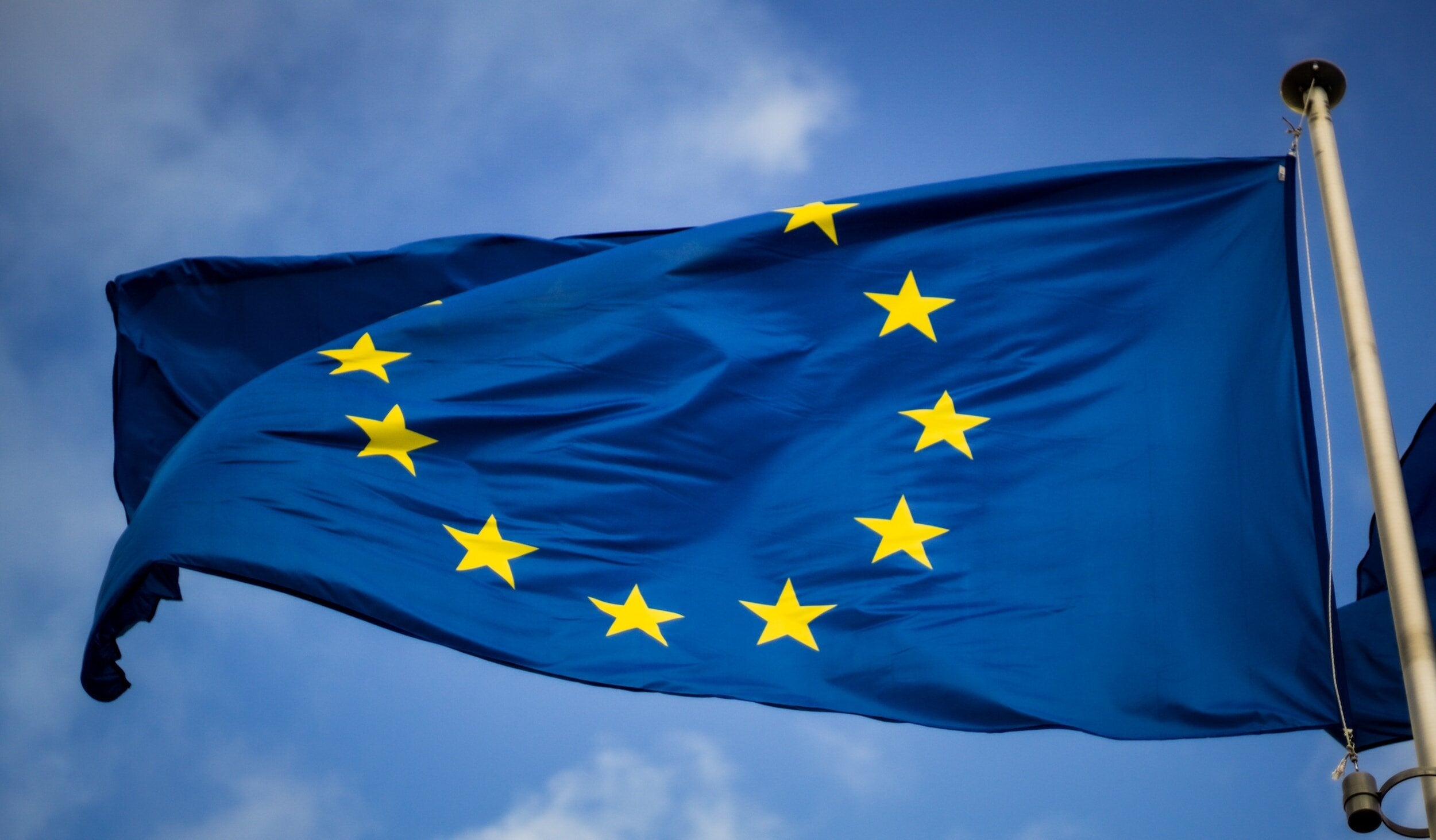"By 2030, textile products on the EU market are durable and recyclable, made mostly from recycled fibres, contain no hazardous substances and are produced in a way that respects social rights and protects the environment. Consumers can use the high-quality and affordable textiles for longer, fast fashion is going out of fashion and economically viable reuse and repair services are widely available. In a competitive, resilient and innovative textile sector, manufacturers take responsibility for their products along the entire value chain, right through to disposal. The circular textile ecosystem is thriving and has sufficient capacity for innovative fibre-to-fibre recycling, while incineration and landfilling of textiles are minimised."
What sounds like a future utopia of a sustainability enthusiast is in fact the summary of a communication from the European Commission to the EU Parliament on the implementation of the European Green Deal in the European textile and clothing industry. The paper was published in March 2022 and has been the subject of intense debate ever since.
A lot has indeed been planned. Especially when you consider that the EU Commission has set itself the target of reducing greenhouse gas emissions by 55 % by the end of this decade.
But what has actually happened since then? And who should drive the desired development? How are goals such as "fast fashion is going out of fashion" to be realised?
In fact, the Commission also describes specific and very far-reaching implementation measures in this paper. I find one of them particularly worth mentioning:

The path to the circular economy
First and foremost, and my absolute highlight in the European Commission's implementation plans, is the planned "prevention of the destruction of unsold and returned textiles". Specifically, it proposes a "transparency obligation requiring large companies to disclose the number of their disposed and destroyed products, including textiles, and their further treatment in the context of preparation for re-use, recycling, incineration or landfill". The Commission even goes one step further and reserves the right to introduce "bans on the destruction of unsold products".
If the Commission now had the courage to introduce a future take-back obligation for used clothing by the "person placing it on the market", the proposed measures would have even more power of implementation. This would mean that the entire industry would have to develop a completely new business model. This would pave the way for a genuine circular economy. Innovations that are currently being driven forward at only a moderate pace would have to be massively accelerated.
What could and should the circular economy look like in the clothing industry?
The most important point is that the circular economy in the textile and clothing industry means that textile and clothing products are turned back into textile and clothing products. When people talk about clothing made from recycled polyester today, they are usually referring to the recycling of PET bottles. However, such recycling does not correspond to the actual idea of the circular economy, even if recycling PET bottles collected from polluted beaches or fished out of the sea is of course a good thing. However, PET bottles should become PET bottles again, and textiles should become textiles. Returning used textiles to a functioning system that determines the further cycle would be the first step. It doesn't matter whether the textiles were never sold, were sold but never used, or whether they are at the end of their natural product life cycle, i.e. no longer appeal to the user, no longer fit or are used, worn and worn out.
Which new technologies are required?
The collection of used textiles is the first major challenge. There is only limited information available on how clothing manufacturers and retailers deal with unsold or returned products. This is why the EU Commission is proposing mandatory disclosure. There are various collection systems available to consumers for the disposal of their used textiles. However, twice as many textiles are currently disposed of in residual waste in Austria than are handed in to the collection systems. 8 % of residual waste is textile waste. This creates technological challenges when sorting residual waste, as textiles need to be recognised as such in automated sorting systems and sorted out at a reasonable cost.
Even if this technological step were successful, the textiles now collected would have to be sorted again. The first step is to sort out usable, resalable clothing. Only a few sorting systems carry out this sorting in Germany. As a rule, sorting is also outsourced abroad in order to minimise costs. Technological development is also required here. AI systems could take over sorting, but these first need to be developed.
Once the reusable garments have been sorted and sent for direct reuse, the next technological challenge arises. The garments that can no longer be used must be sorted out based on their fibre composition. Cotton to cotton, polyester to polyester and so on. The many different blended fabrics pose a particular challenge, not only when cotton is mixed with synthetic fibres, for example, but also with different blends of different synthetic fibres.
Once this technological step has been successfully implemented, the next challenge arises: As a rule, recovered fibres, so-called "recyclates", are of lower quality than original materials. This applies to natural fibres in the same way as it does to synthetic fibres. The industry is currently tackling this problem with materials whose "virgin" material content is higher than the material content of recycled fibres. But here, too, many future developments remain to be seen.
What role could the European textile and clothing industry actually play?
On a positive note, the forthcoming measures and regulations of the European Union represent a major opportunity for the textile and clothing industry in Europe. The opportunity could be a leading role in international technology development. The good news is that there are indeed a great many research and development projects aimed at successfully overcoming the aforementioned challenges and many other problems. Many of these projects are also financed, or at least supported, by EU funds.
The future will have to show whether the European textile and clothing industry can ultimately utilise this opportunity or whether the train has already left the station. The outsourcing of countless manufacturing operations in recent decades and the closure of many training centres has weakened the industry and is not making technology development any easier. There are also specific examples that are logistically difficult to manage: For example, if recyclates in the form of fibres are produced in Europe but suitable spinning mills are no longer available for spinning them into new yarns, some of the recyclates have to be shipped to India or another distant country for further processing.
And what should happen now?
The first and most important step would be to turn a political declaration of intent into concrete legal framework conditions. This legal framework would then be equally binding for all stakeholders in the industry and for consumers. Unfortunately, it is hardly likely and difficult to imagine that the industry will act on its own initiative. Political pressure will be needed to bring about changes to the current approach. Because despite all the sustainability communication, the structure of our industry is currently still completely unchanged and continues to be based on the merciless exploitation of people and nature.


